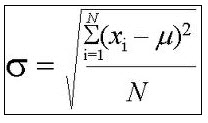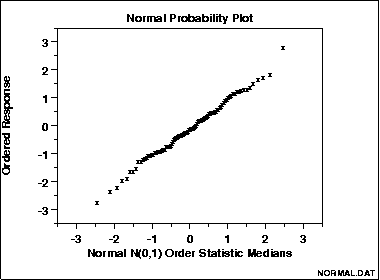Regression Slope From Correlation Calculator
Instructions: This regression slope calculation will calculate the slope coefficient from the correlation coefficient and the standard deviations. Please type the correlation (\(r\)), and the sample standard deviations (\(s_x\) and \(s_y\)) to get step by step calculations shown (\(s_x\) cannot be zero):
Learn about this Slope Calculator from the Correlation Coefficient
Usually when we think about the calculation of the slope of a regression line, we think of the sort of longan and cumbersome formula typically used to calculate. But there is a shortcut for the calculation of the slope.
Indeed, when you know the correlation coefficient \(r\) and the standard deviations of both \(X\) (\(s_x\)) and \(Y\) (\(s_y\)), there is a very simple way to find the slope, which is done using the following slope formula from correlation:
\[m = \displaystyle r \frac{s_y}{s_x}\]where \(m\) is the slope of the regression line \(y = mx + n\).
What is the relationship between slope and correlation?
Interestingly, from the above formula for the slope one can make a direct conclusion: the correlation coefficient and the slope coefficient have the same sign. This is, when the correlation is negative, then the slope will also be negative, and if the correlation is positive, then the slope will also be positive.
This can be directly seen by the formula, since \(m = \displaystyle r \frac{s_y}{s_x}\), and when know that both standard deviations \(s_x\) and \(s_y\) are non-negative, so then \( \frac{s_y}{s_x} \ge 0\), which indicates that \(m\) and \(r\) have the same sign.
Slope of regression line calculator
Notice that this calculator computes the slope coefficient under the assumption that the correlation and standard deviations are known. If that is not the case, you need to use the usual regression line calculator that uses sample data for X and Y.


